Creating new jewelry from old lets clients personalize pieces while still holding on to their history.
Upcycling is becoming increasingly popular in jewelry. Consumers are bringing in pieces to transform into more wearable options, while jewelers are hunting down pre-loved treasures to form the basis of contemporary creations. The ethical benefits of upcycled jewelry, along with the emotional ties and sense of history such pieces offer, make it easy to see why older elements can be a thrilling addition to a new design.
Kassandra Nicholson agrees. “With antique jewels, the finished piece just feels different,” says the New York-based designer. A former bench jeweler at Fred Leighton, she now sets Georgian and Victorian diamonds into new designs at her own bicoastal jewelry brand. “The gems carry with them a timelessness, the mystery of their previous owners and stories. It’s very easy to fall in love with them while working with them.”
If you are prepared to search, it’s possible to find antique jewels ripe for breaking down at “incredible value,” Nicholson says, though she adds that such finds are becoming scarcer.
“Regarding diamonds, larger sizes can be harder to find,” reports Brooklyn jeweler Kendra Pariseault, who has noted an increased demand for antique diamonds from the early 1900s among brides commissioning her bespoke engagement rings. “Also, higher color grades are harder to come across because the antique cutters were working with the material available to them at the time. The rarities also increase pricing.”
Any discoveries should be treated with caution, warns Californian-turned-New-Yorker Ashley Zhang. “You really need to double- and triple-check the pieces you are collecting,” says the jeweler. “For example, during the Art Deco era, it was common to mix in small synthetic stones with real diamonds and precious stones. Sometimes these synthetics are very convincing.”
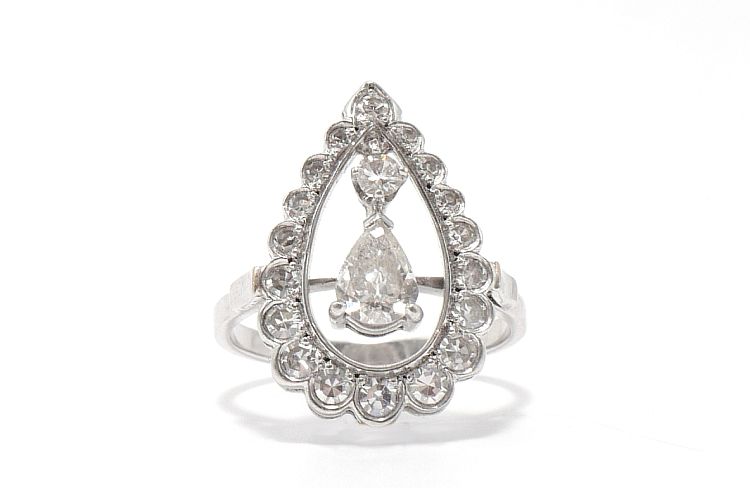
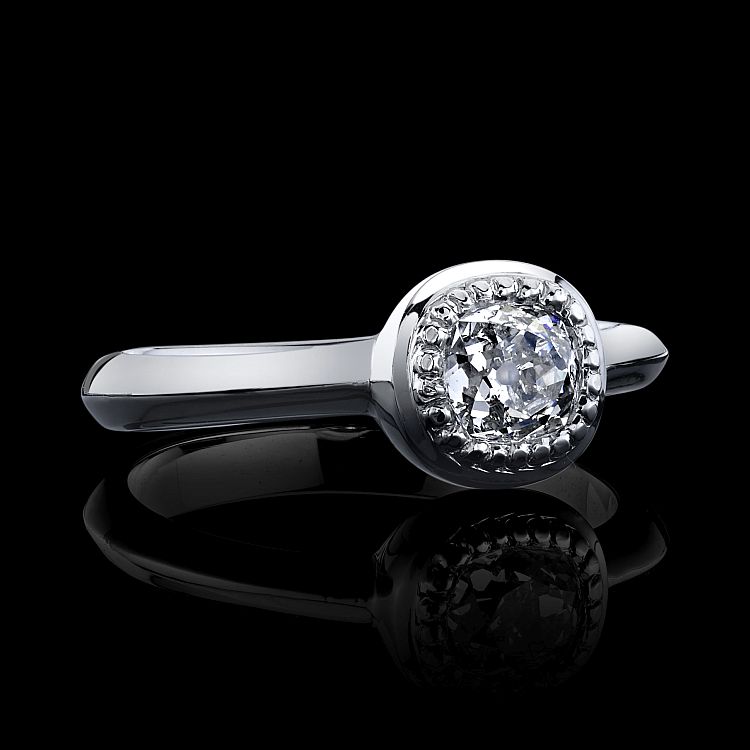
Cost-benefit analysis
One misconception consumers have about upcycling jewelry is pricing, according to Jade Lustig of New York-based brand Jade Trau.
“Restyling older pieces, unless you have something with one sizable diamond or gem in it, can often be more costly than buying something from the collection,” says the designer, whose remodeling work has inspired her to create contemporary pieces like the best-selling Phoebe bracelet. “While we can give our clients credit for the gold they took the jewelry out of, it often just covers the costs for the custom design and models that need to be changed to accommodate the client’s diamonds. Also, when we are taking a vintage piece and updating it, it can be a really delicate process that takes my jewelers hours of work to preserve the original construction of the piece.”
Lustig tries to have an open and honest conversation with clients before starting any upcycling job — not just about the financial element, but also about the potential risk to the original jewel.
“You have to be extremely transparent along the way because things can happen,” she says. “Stones can break while they are being unset, or perhaps were broken all along but being held together by an old piece. Sometimes I take a piece apart and start the modeling process of a new piece and realize it’s not going to work, either [from a construction perspective] or aesthetically. I always try to be communicative so my clients have a chance to pivot or give me design freedom to make changes. Every situation is so different.”
Gems that are tens or hundreds of years old can be tricky to work with. “I always check on the condition of the stones,” says New York jeweler Deborah Pagani. “If anything is particularly fragile or looking like it’s not in the best shape, I would be hesitant to reset it.”
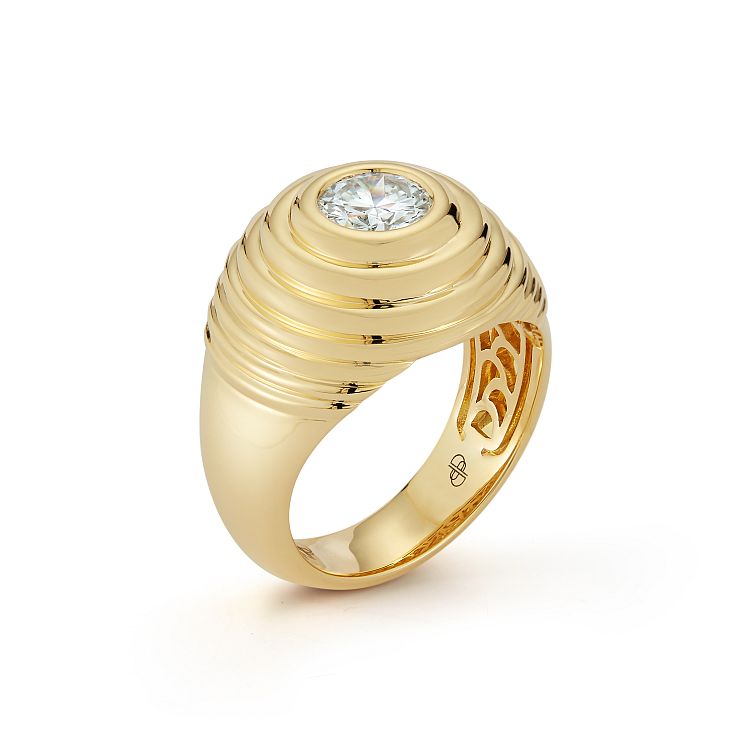
Refreshing their look
Pagani believes one reason upcycling is enjoying a boom right now is that many of us are releasing our inner Marie Kondo during lockdown and clearing out the clutter from our lives. “Too many of us have older pieces that never find their way out of our jewelry box for one reason or another — myself included,” she says. “I started off revamping my own jewelry, using the stones and gold from pieces I had from my grandmother to create something new, and friends and clients who admired the pieces asked if I could do the same for them. From there, it’s become a bigger part of my business, especially now that so many people are at home cleaning out their closets and taking stock of what they have.”
As for what items customers are bringing in to upcycle, this varies from client to client.
“There isn’t a particular era that we’ve come across the most. We’ve had people bring us pieces from the 1920s to as recent as today,” says Stephanie Wynne Lalin, one half of the design duo behind New York jewelry brand Jemma Wynne. “In cases where someone is bringing us something more recent, it’s often a client who has outgrown their engagement ring and wants to revamp it. Often, the original pieces that are brought to us have sentimental value to them, but they aren’t being worn. By bringing their pieces to us, the client has the opportunity to design something they love, reflecting their personal style, knowing that we’ll maintain the piece’s history and integrity.”
Lustig agrees that the types of jewels coming in are “constantly evolving and changing,” but also notes that “what people are inheriting now is a little more ’70s, ’80s style.”
The slow nature of the upcycling process will no doubt attract shoppers seeking sustainable alternatives to mass-produced fast fashion. However, it’s unlikely that upcycling will ever be a truly mainstream trend.
“Will all jewelry designers start to use only antique stones to create jewelry? Absolutely not,” says Yarden Katz of Los Angeles-based company Carbon & Hyde, arguing that there aren’t enough recycled diamonds of varied sizes on the market to create large amounts of new jewelry. His own brand recreates antique styles such as Georgian collets, but only works with new diamonds.
Still, upcycling continues to be worthwhile for independent jewelers that have time for bespoke commissions and great relationships with their clients.
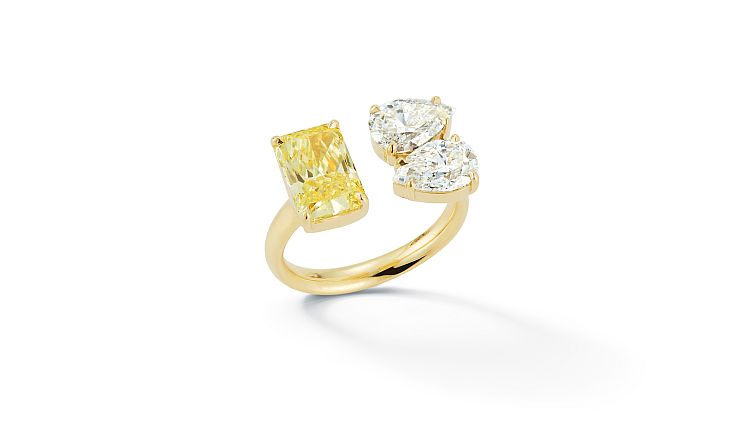
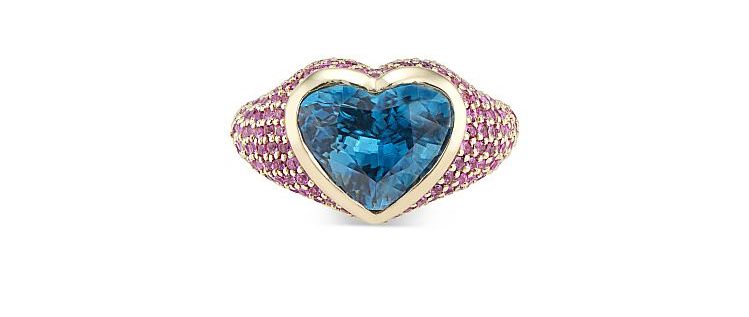
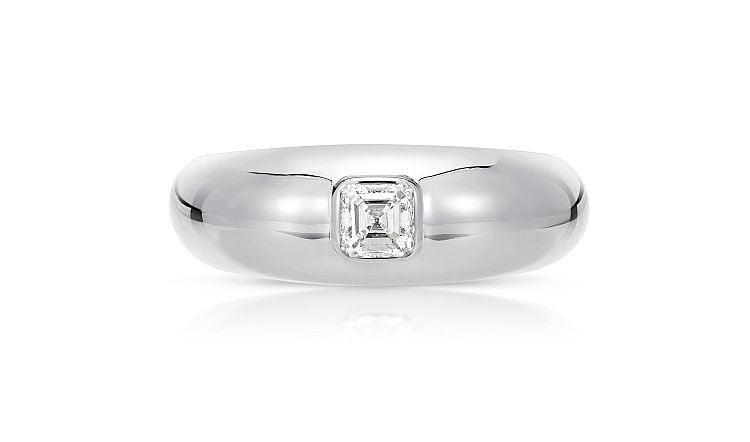
Main image: Grace Lee bespoke double diamond cuff ring.

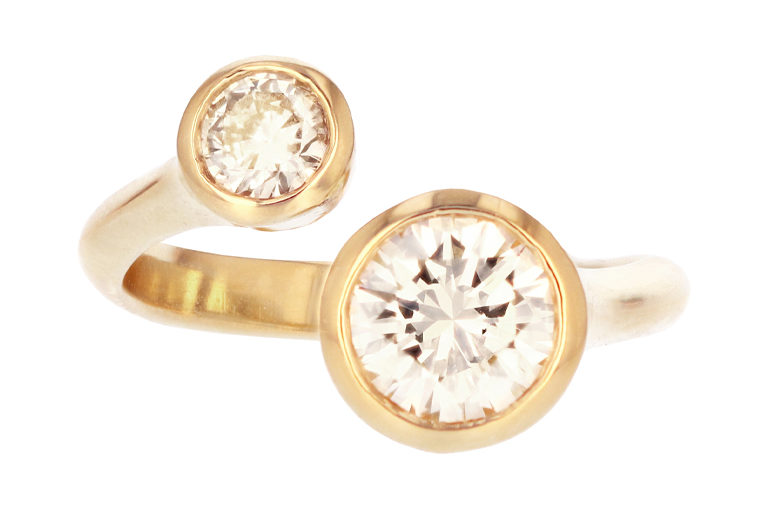
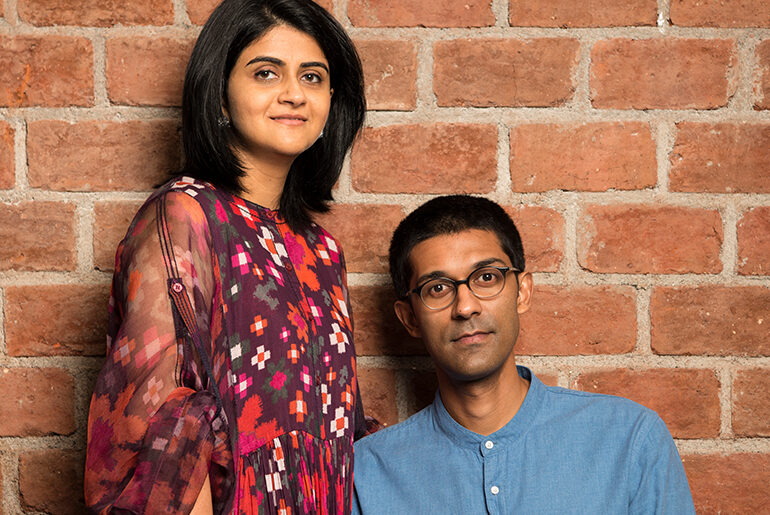
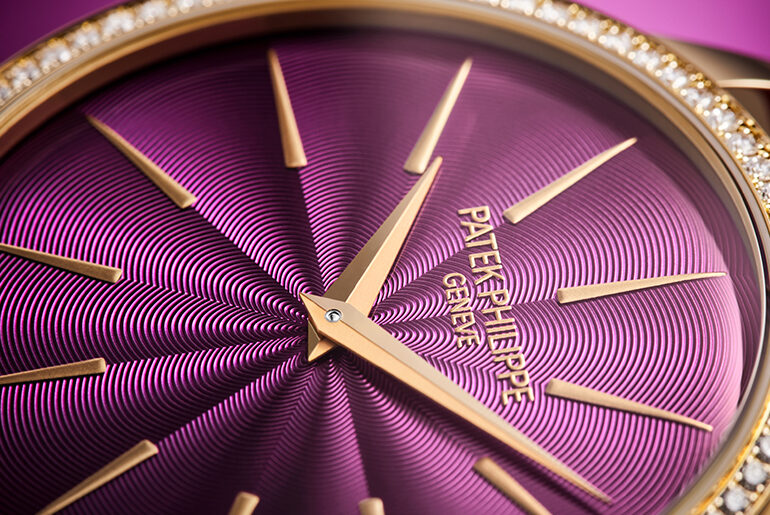
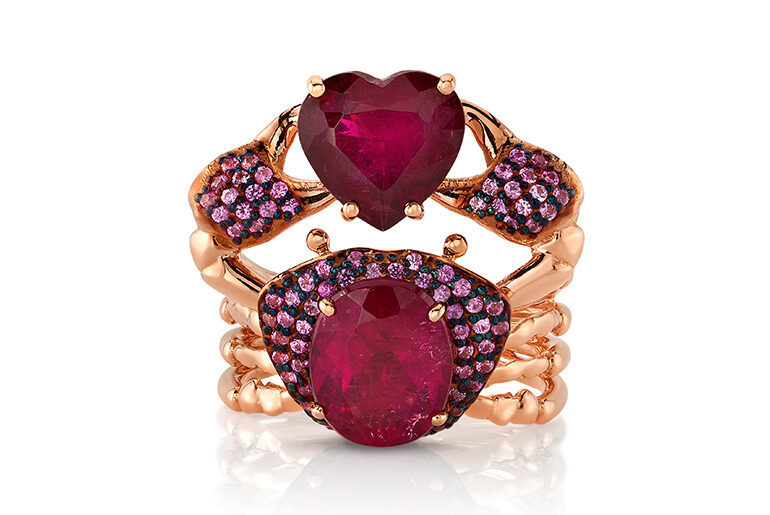
Comments are closed.